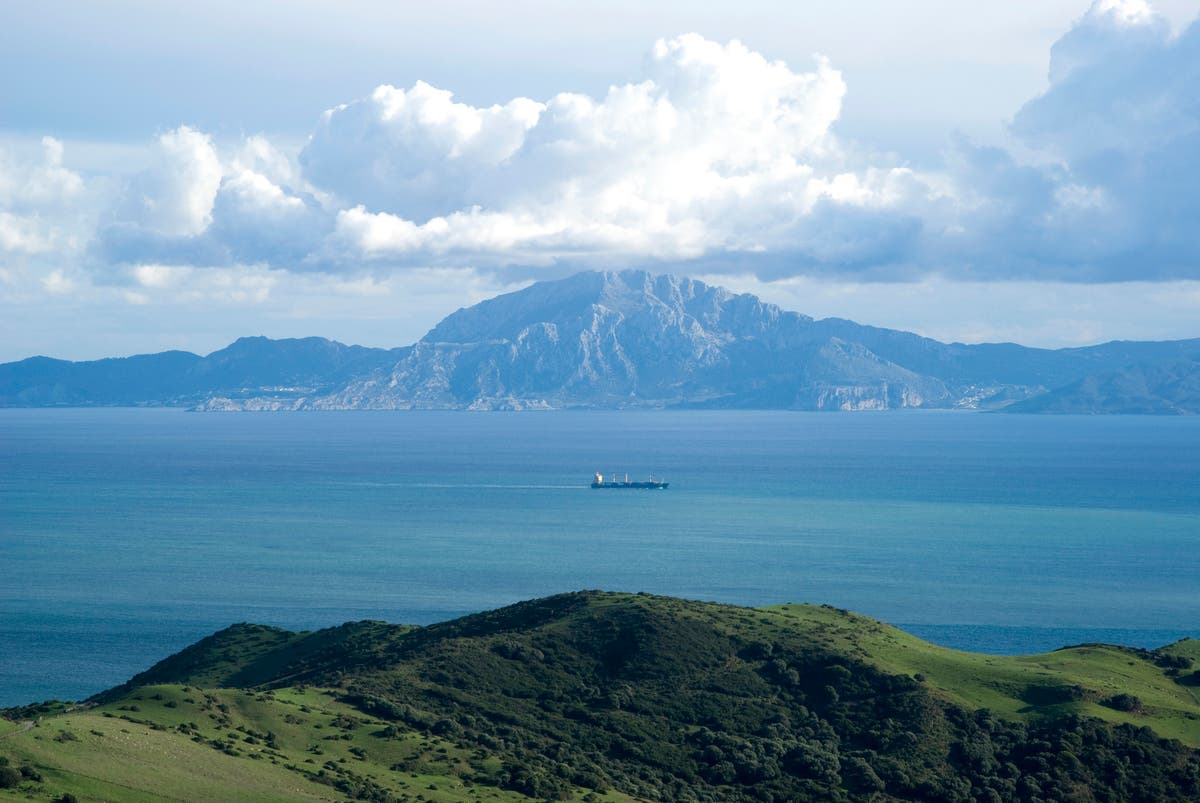A new 17-mile underwater tunnel could link Europe’s high-speed rail network to North Africa by 2030 – if a €6bn proposal goes ahead.
The tunnel would introduce a high-speed train service by connecting Spain’s existing rail lines to Morocco’s 200mph Al Boraq route that opened in 2018.
A route departing Madrid, Spain, for Casablanca, Morocco, would travel via Algeciras and Tangier and pass under the Strait of Gibraltar.
While an average flight from Madrid to Casablanca clocks in at one hour and 50 minutes, the full train journey would reportedly take travellers five hours and 30 minutes to switch continents.
Now strategic planning is underway, developers hope the tunnel could open in just six years, in time for the three countries – Spain, Portugal and Morocco – to host the 2030 Fifa World Cup.
It is estimated that the project would cost north of €6 billion (£5.1 billion) to construct, although official costs are unknown.
The Spanish government confirmed €2.3 million (£2 million) EU feasibility funding to study the ‘Europe-Africa Gibraltar strait fixed link’ just last June.
At the time, Spain’s transport minister, Raquel Sanchez, said: “We are going to give impetus to the studies of a project of maximum geostrategic importance for our countries and for relations between Europe and Africa,
“We are beginning a new stage in the revival of the fixed link project across the Strait of Gibraltar, which we launched in 1981, hand in hand.”
The revived project was first seriously proposed over 40 years ago, in 1979, and could resemble the Channel Tunnel between Dover and Calais.
Surveys of the area by the Moroccan National Company for Strait Studies (SNED) and the Spanish Society for Fixed Communication Studies across the Strait of Gibraltar (SECEGSA) have also revealed several logistical challenges.
At its deepest, the strait dives 2,950ft (900m) down and regular seismic activity on the Azores–Gibraltar geologic fault presents an additional risk.
According to SECEGSA, over 12.8 million passengers per year could benefit from the crossing as well as an increase in trade of 13 million tons of cargo between the two continents if the tunnel is successful.
